How to kill a canal
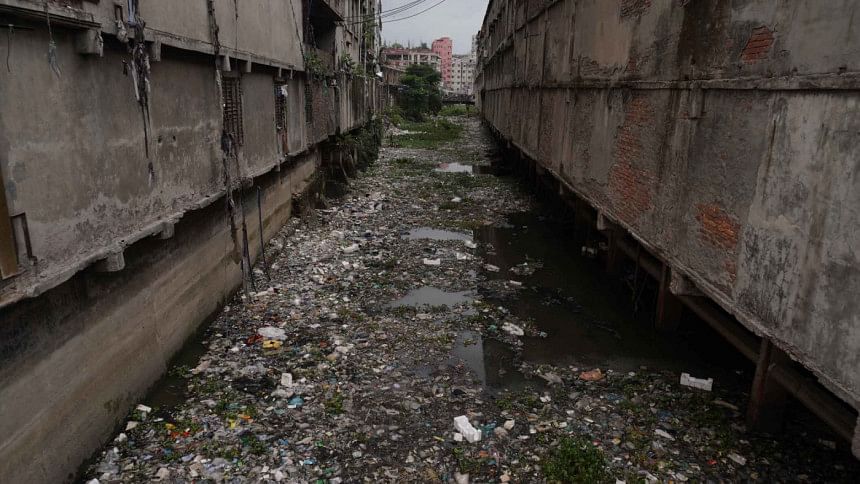
In some areas, the polyethene layer is so thick that people can walk through the canal without getting their feet wet. People are grabbing the canal by dumping waste there first.
Do you know how much garbage it takes to kill a 13-kilometre-long flowing canal?
If you don't, then you have to visit Dhaka's Keraniganj upazila and witness the death of a canal named "Subhadda" to get a firsthand experience.
During two recent visits to Keraniganj, this correspondent witnessed how a canal has been killed by indiscriminate dumping of waste and subsequent encroachment.
The huge heaps of garbage, composed of polyethene and fabric scraps from nearby factories, are dumped on the canal at several points. In many places, the canal has been filled with water hyacinths.
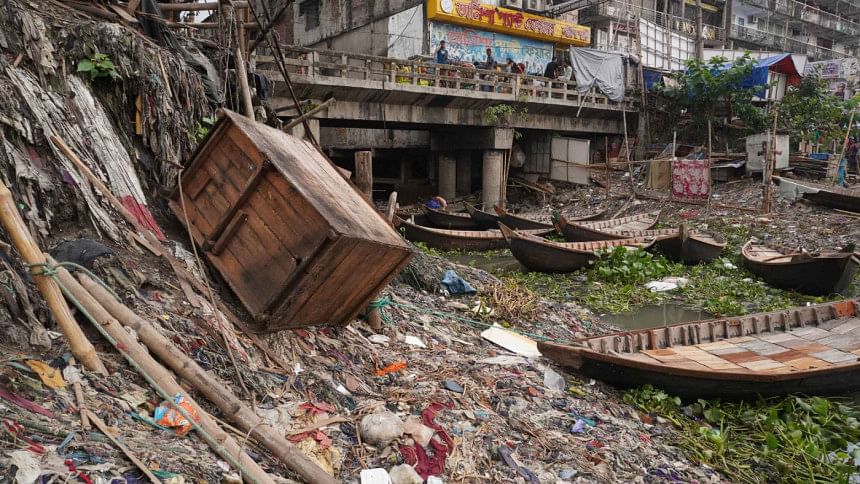
"In some areas, the polyethene layer is so thick that people can walk through the canal without getting their feet wet," said Selim Khan, a Baruitola resident.
"People are grabbing the canal by dumping waste there first," he alleged.
Besides local grabbers, the Zila Parishad had also built a market by grabbing the canal's land in Aganagar area, the starting point of the canal, said Water Development Board (WDB) sources.
Afterwards, other grabbers occupied portions of the canal to build markets, they added.
One end of the Subhadda canal started from the Buriganga at Aganagar and the other end falls in the Dhaleswari at Mollahhat, said Masud Rana, section officer of WDB Keraniganj circle.
The canal's width is 20 metres at best, said ML Saikat, executive engineer of WDB Dhaka-2.
However, at present, huge piles of scrap fabric have clogged its connectivity at Aganagar point due to the surrounding garment factories. "Twenty years ago, we sailed to the Dheleswari through the canal from the Buriganga. Big boats transported goods using this route," said Mohammad Hasim, a resident of Keraniganj's Kacharipara.
Sukumar Mandal (60), another resident, said, "Once, people living on the canal bank used its water for drinking and cooking. But now the canal has dried up in many areas due to garbage dumping."
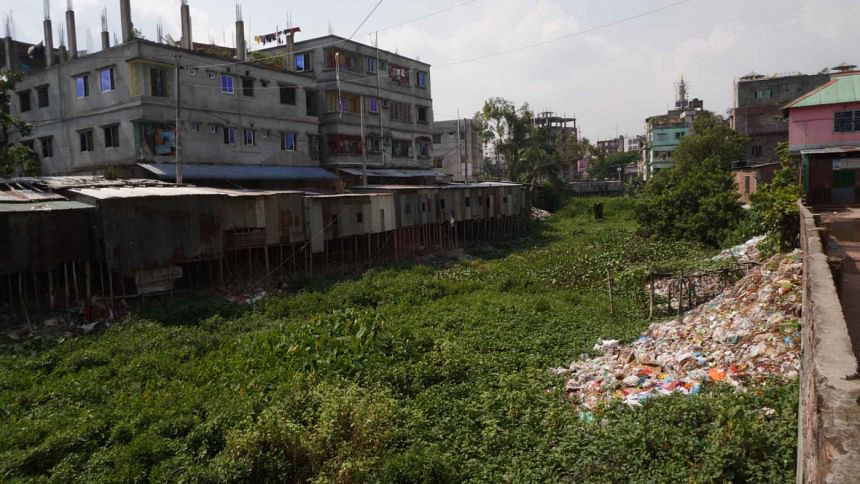
"The union parishad is not equipped to handle the sheer amount of garbage produced by households and garment factories. So the garbage eventually ends up in the canal. We are working on a holistic approach to solving the problem," said Keraniganj UNO Md Mehedi Hasan.
On the issue of the grabbers, he said he could not confirm their numbers. All the illegal structures will be demolished soon, he added.
"A recast Development Project Proposal (DPP) worth Tk 1,055 crore has been sent to the water resources ministry for approval," said Dr Shaymol Chandra Das, superintendent engineer of the planning-1 department of WDB.
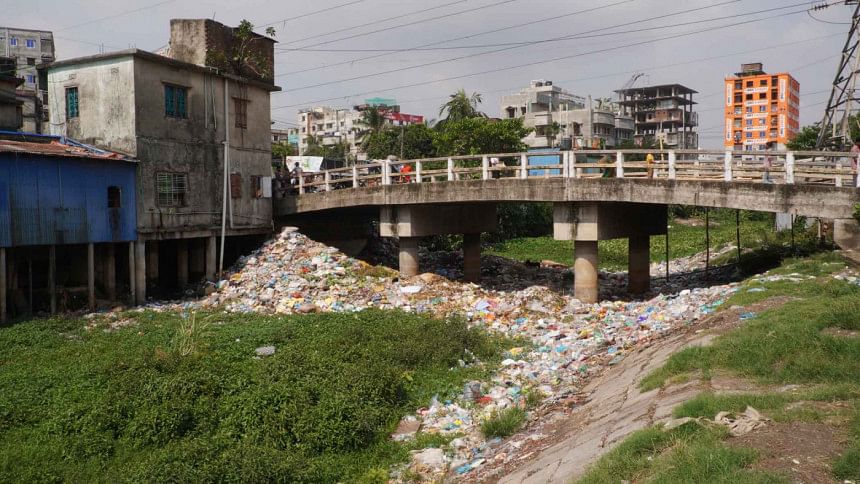
The project includes dredging and cleaning up garbage from the canal and constructing bridges, side roads, and dustbins, he added.
Architect Iqbal conducted a feasibility study for the dredging work Habib as a consultant for Institute of Water Modelling for Bangladesh WDB. He said the canal water will be clean again if the connection is restored.
"Once the excavated Subhadda canal connects with Buriganga and Dhaleswari rivers, it can play an important role in establishing a water corridor for business and passenger transportation in this route," he said.

 For all latest news, follow The Daily Star's Google News channel.
For all latest news, follow The Daily Star's Google News channel. 


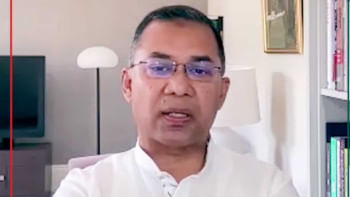
Comments